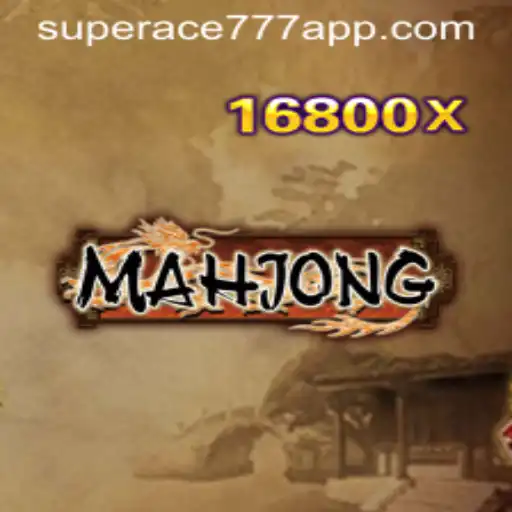The Rich Tradition and Modern Appeal of Mahjong
Mahjong, a popular game with deep-rooted traditions, continues to enthral players across the globe. Its intriguing blend of skill, strategy, and chance makes it not only a favored pastime but also a significant cultural phenomenon. As the game continues to evolve amidst modern influences, it maintains its traditional charm while embracing technological advancements.
The Origins of Mahjong
The exact origins of Mahjong remain shrouded in mystery, with several legends and theories about how it came to be. It is widely believed that the game originated in China during the Qing dynasty, evolving from earlier card games and was further popularized in the early 20th century. Originally played among the upper echelons of Chinese society, its popularity quickly spread, reaching Western audiences in the 1920s. Today, Mahjong enjoys a worldwide appeal, with numerous adaptations and regional variations.
Mahjong Tiles and Their Significance
The game of Mahjong is played with a set of 144 tiles, divided into three suits: Bamboos, Characters, and Circles. Each suit comprises tiles numbered 1 through 9. In addition to the suits, there are honor tiles, including winds and dragons, which add a strategic layer to the gameplay. The distinct designs and symbols on the tiles are a testament to the artistry rooted in Chinese culture, each telling its own story.
Special Tiles
Alongside the basic tiles, Mahjong includes special tiles like flowers and seasons, which can influence the score and add an extra dimension to the game. These tiles not only hold strategic value but are also celebrated for their symbolic significance in Chinese tradition.
The Gameplay: Mahjong Rules
At its core, Mahjong is a four-player game, though variations for three players exist. The game's objective is to form a specific set of tile combinations, typically consisting of four sets and a pair of tiles. These sets can be sequences or triplets, and achieving the right combination results in winning a hand, commonly referred to as "Mahjong."
The Setup
The game begins with players seated around a table, each building a wall of tiles. Once the walls are arranged, tiles are dealt, and the game commences. Players take turns drawing and discarding tiles, aiming to complete their tile combinations as efficiently as possible.
Call and Response
Mahjong incorporates unique call and response mechanisms, where players can claim discarded tiles to complete sets. The ability to strategically claim these tiles, known as "pung" and "chow," adds a tactical element to the game, allowing players to disrupt opponents' strategies while advancing their own.
Scoring System
One of the complexities of Mahjong lies in its scoring system, which varies across different regional versions. The calculation often involves multiple factors, including the composition of the winning hand, presence of honor tiles, and the conditions under which Mahjong was declared. Mastering the scoring intricacies is essential for players aiming to excel at competitive levels.
Mahjong in the Modern Era
With the growth of digital platforms, Mahjong has seamlessly transitioned into the online realm, broadening its accessibility and audience. Online Mahjong gaming platforms, such as SUPERACE777, leverage the internet's reach to connect enthusiasts globally, providing an opportunity to explore the game in various formats and styles.
Impact of Technology
The integration of technology has redefined how Mahjong is played, allowing players to engage in real-time games with participants from different corners of the world. This connectivity not only fosters a diverse community of players but also ensures the game's traditions continue to thrive in a digital age.
Competitive Mahjong
Competitive Mahjong leagues and tournaments have become a staple of the global gaming scene, showcasing the game's widespread appeal. These events highlight Mahjong's strategic depth and the skill required to master its intricacies, attracting players eager to challenge their abilities against others on international platforms.
Mahjong: A Game of Strategy and Unity
While Mahjong is celebrated for its strategic depth and complexity, it is equally renowned for its ability to bring people together. Whether played among family members at a festive gathering or between fierce competitors in a tournament, Mahjong embodies a sense of unity and shared enjoyment. Its lasting legacy continues to captivate both new and seasoned players, proving that this timeless game is more than just a pastime; it's an integral part of cultural heritage.










 Join now
Join now